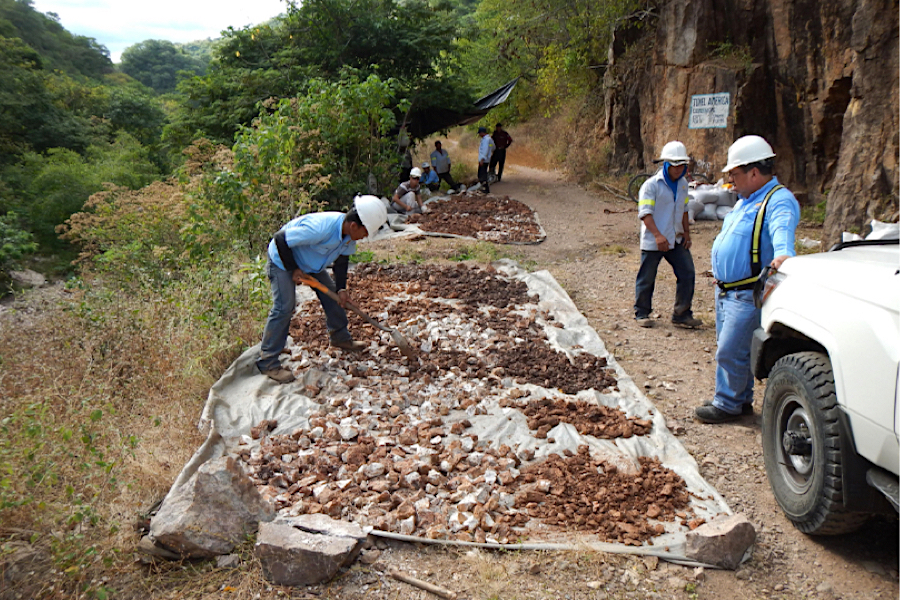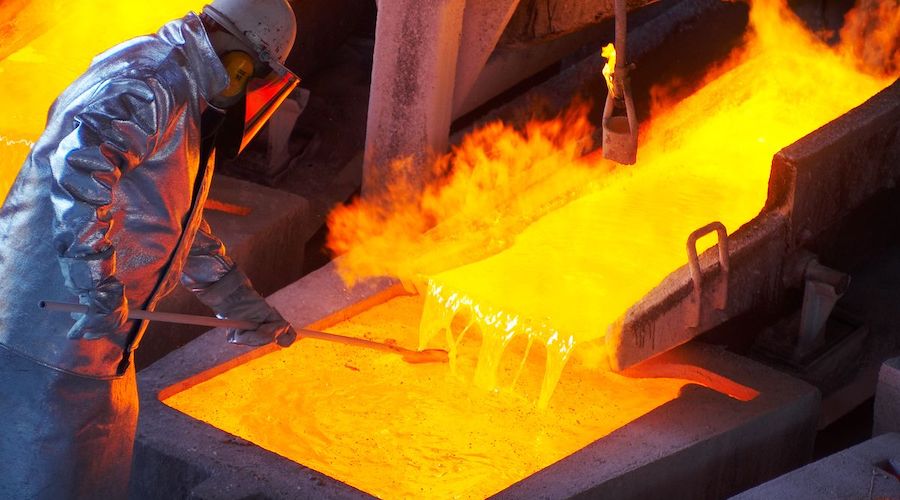Condor Gold updates estimates for La India mine to include feeder pits

Nicaragua-focused Condor Gold (LON:CNR) (TSX:COG) revealed on Monday the final results of metallurgical tests on its flagship La India project, which confirm the 2014 prefeasibility study’s (PFS) estimates for the main pit and adds average gold recoveries expected for the two satellites deposits — Mestiza and America.
The news comes as the company has just submitted two 600-page permit applications for the high-grade feeder pits, which it believes could boost the main deposit’s gold production by 50% to 120,000 ounces per annum over seven years.
The America and Mestiza pits would boost the main deposit’s gold production by 50% to 120,000 ounces per annum over seven years.
La India is a 313 km² concession package covering 98% of the historic La India Gold Mining District. Mineral resources are 9.85 million tonnes at 3.6 grams per tonne of gold for 1.14 million indicated ounces.
The asset also has a total underground resource of 1.27 million tonnes at a grade of 5.8g/t gold for 238,000 gold ounces in the indicated category and 5.47 million tonnes at a grade of 5.1g/t gold for 889,000 ounces of gold in the inferred category.
The America and Mestiza pits are located about 2km and 4km, respectively, from the mine’s processing plant. The metallurgical results for both deposits announced on Monday suggest their ores, while still hard, are not as hard or as abrasive as the La India’s ones, which could mean lower processing costs, Condor said.
The company plans to begin by mining the “mini pits” first, trucking the ore to a nearby processing plant of a size yet to be determined, chairman and chief executive officer, Mark Child told MINING.com earlier this year.
Condor Gold initially staked concessions in Nicaragua, Central America’s largest country, in 2006. Since then, mining has significantly taken off in the country due to the arrival of foreign companies with the cash and knowledge to tap into its reserves.
{{ commodity.name }}
{{ post.title }}
{{ post.date }}

Comments